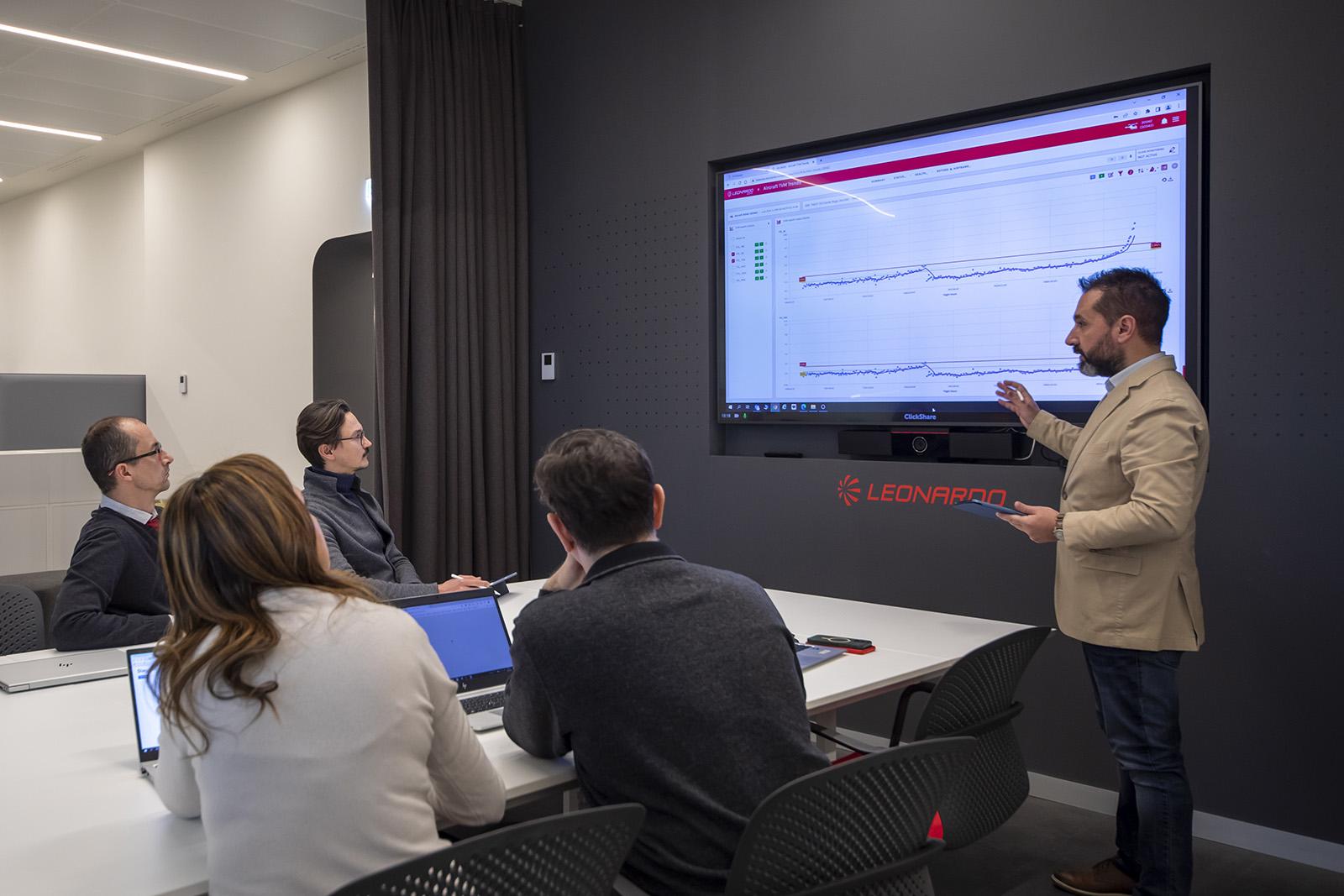
Credit: Leonardo Helicopters
ATLANTA—Leonardo Helicopters is exploring the use of big data collected from operators of its helicopters to better understand its fleets and broaden the services available to its customers. As part of the effort, the company has opened what it terms as a Diagnostic Service Tower at its facility in...
Subscription Required
This content requires a subscription to one of the Aviation Week Intelligence Network (AWIN) bundles.
Schedule a demo today to find out how you can access this content and similar content related to your area of the global aviation industry.
Already an AWIN subscriber? Login
Did you know? Aviation Week has won top honors multiple times in the Jesse H. Neal National Business Journalism Awards, the business-to-business media equivalent of the Pulitzer Prizes.
